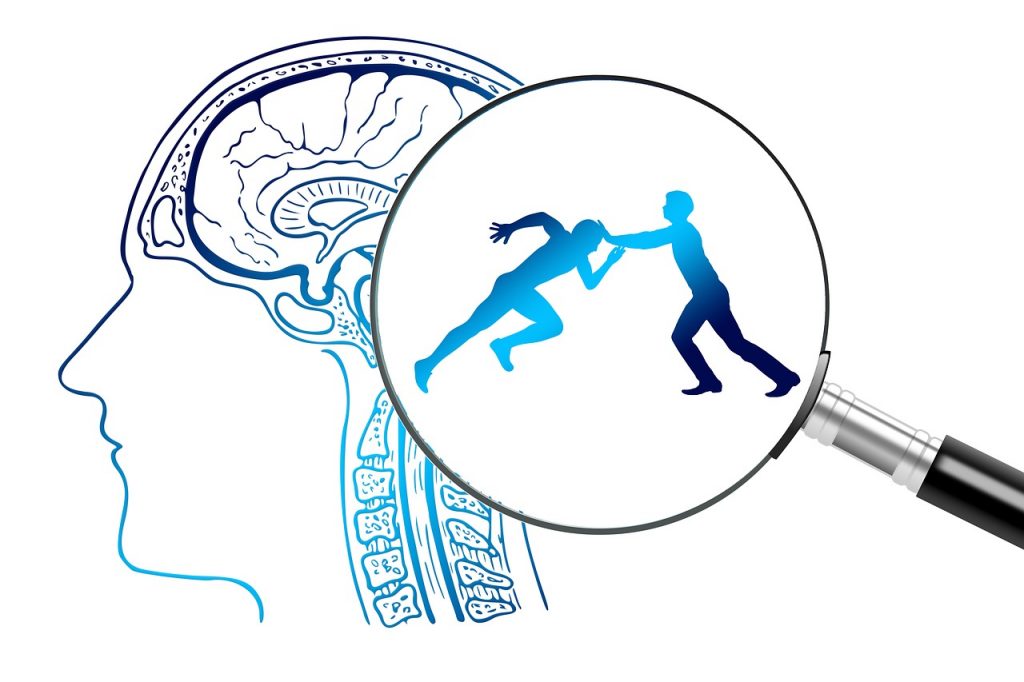
GUEST POST from Art Inteligencia
Change is inevitable but so often dreaded in the workplace. A successful transition requires planning and execution, and the ability to adapt quickly to those changes. Change management involves planning around a change to ensure its successful adoption. A well thought out and properly planned change management strategy can help ensure a successful and cost-effective transition to a new process or system.
First and foremost, it is important to manage expectations. Make sure people understand how the change will impact them, and how they can benefit from the change. It is essential to address any perception the stakeholders may have about the potential outcomes. Hopefully, they will all become supporters of the change and get on board with the goal.
Once expectations are managed, it is important to strive for maximum adoption of the change. This means understanding the people impacted by the change and their likely reaction. It’s tempting for leaders to rush the adoption but patience is necessary. Here are a few best practices to ensure change is adopted quickly and easily:
1. Start with communication
When introducing a change, communicate the “why” of the change. Explain why it is necessary, what the expected benefits are, and how it will help the organization succeed. This will help employees to understand the importance of the change and motivate them to get on board.
2. Involve the impacted stakeholders
It’s always helpful to involve those who will be impacted by the change from the beginning. Involving the impacted team in the change planning will encourage them to take ownership and help drive the adoption. They can provide good insight on potential pitfalls and how best to roll out the change.
3. Provide training
Good training can make the transition to the new process, system, or way of working much easier. Provide training before the change is rolled out to ensure everyone is on the same page. This will minimize confusion and eliminate any skepticism in the employees.
4. Have a plan
Effective change management involves having a solid plan for roll-out and clearly defined goals. Implementing a well-thought-out plan means not having to go back and re-do things as you roll out the change. A plan will help make sure everybody is in sync and on the same page.
5. Monitor progress
Monitor the progress of adoption and measure the impact of the change. This will allow you to make any necessary changes or adjust any existing plans. Monitoring progress is essential for ensuring a successful transition and adoption of the change.
There are many different approaches to change management, depending on the situation and what is needed for successful adoption. However, these best practices can be applied to most changes and greatly increase the likelihood of success.
To illustrate this, here are two examples of successful change management.
Case Study #1
A large manufacturing firm needed to replace their legacy accounting system with a new automated system. The company first involved stakeholders in the change planning process and held a series of workshops to ensure everyone understood the needs of the change. Training was provided to the stakeholders involved in the transition and a detailed plan was put in place outlining the steps to implementation. As the project moved ahead, progress was regularly monitored and feedback was sought from employees. The project was completed successfully with minimum disruption to business processes and no unplanned hiccups.
Case Study #2
A mid-sized consulting firm needed to change their customer relationship management (CRM) software. They went the extra mile and identified all key stakeholders in the transition process and clearly outlined the “why” of the change. They also created a timeline for the project to ensure all actions were taken in the right order. They provided extensive training and allowed employees time to get familiar with the new system before implementing it. The project was completed ahead of schedule and the transition was smooth, resulting in increased customer satisfaction.
Conclusion
Change can be a difficult transition, but by following the change management best practices outlined here, you can ensure maximum adoption of the change and successful transition to the new process or system. From communication and involvement of stakeholders, to monitoring progress, these are just a few practical change management best practices that can help you manage successful transitions.
Image credit: Pixabay
![]() Sign up here to get Human-Centered Change & Innovation Weekly delivered to your inbox every week.
Sign up here to get Human-Centered Change & Innovation Weekly delivered to your inbox every week.

 Innovation is everywhere. Or at least the word is. CEOs talk about innovation, every technology company claims to be innovative (or to want innovative employees) and now we’re even seeing advertisements on television talk about innovation. Even Nissan, which has had innovation in their tagline for two years now, has decided to change their tagline from “Innovation for All” to something new “Innovation that Excites.” Okay, it still has innovation in it. But, the fact that they decided to move from innovation being something that is democratic, to something that is exciting, is an interesting shift. Maybe now that everybody is claiming to be innovative they felt the need to say, “No, our innovations aren’t like everyone else’s, our innovations are exciting!”
Innovation is everywhere. Or at least the word is. CEOs talk about innovation, every technology company claims to be innovative (or to want innovative employees) and now we’re even seeing advertisements on television talk about innovation. Even Nissan, which has had innovation in their tagline for two years now, has decided to change their tagline from “Innovation for All” to something new “Innovation that Excites.” Okay, it still has innovation in it. But, the fact that they decided to move from innovation being something that is democratic, to something that is exciting, is an interesting shift. Maybe now that everybody is claiming to be innovative they felt the need to say, “No, our innovations aren’t like everyone else’s, our innovations are exciting!”